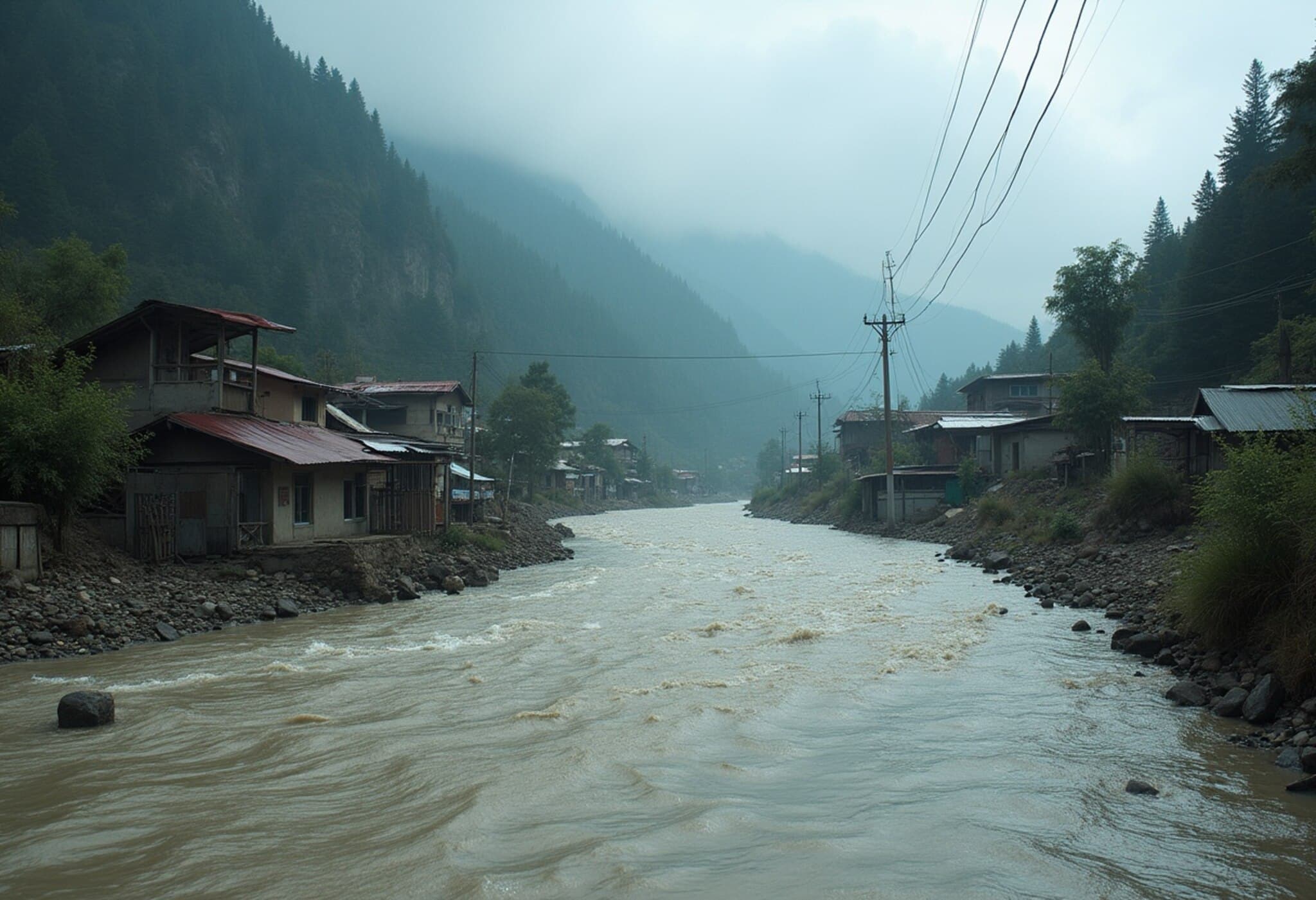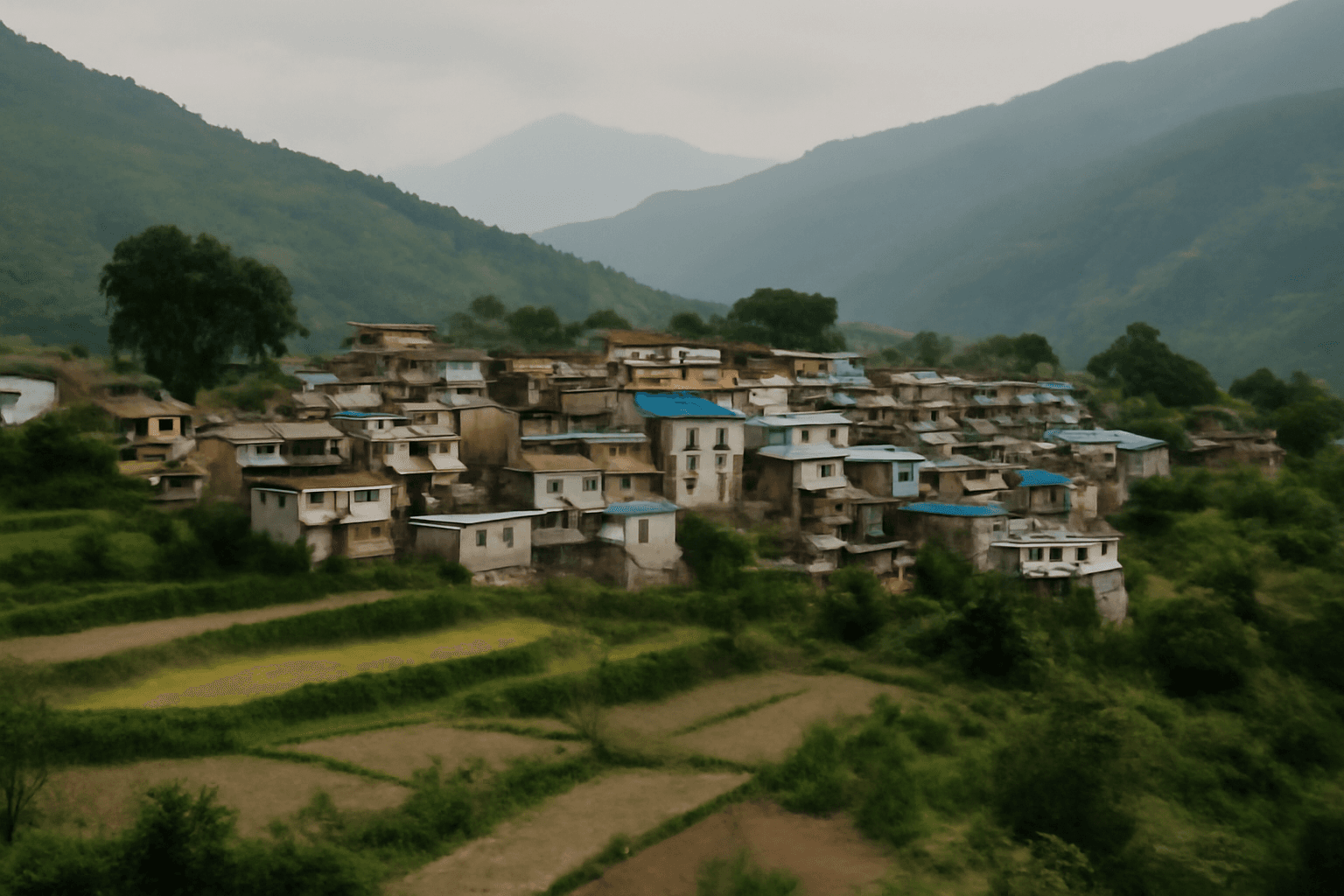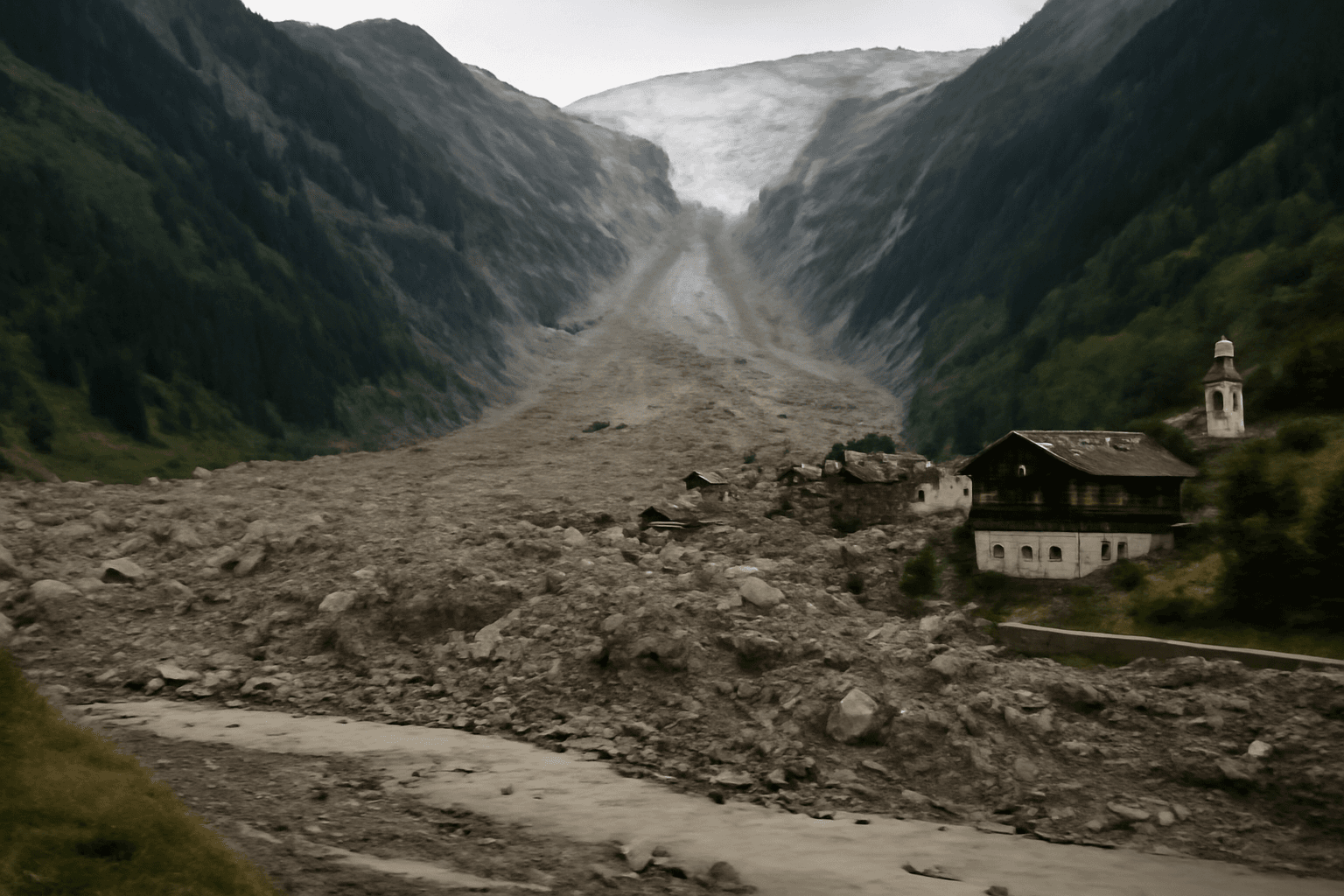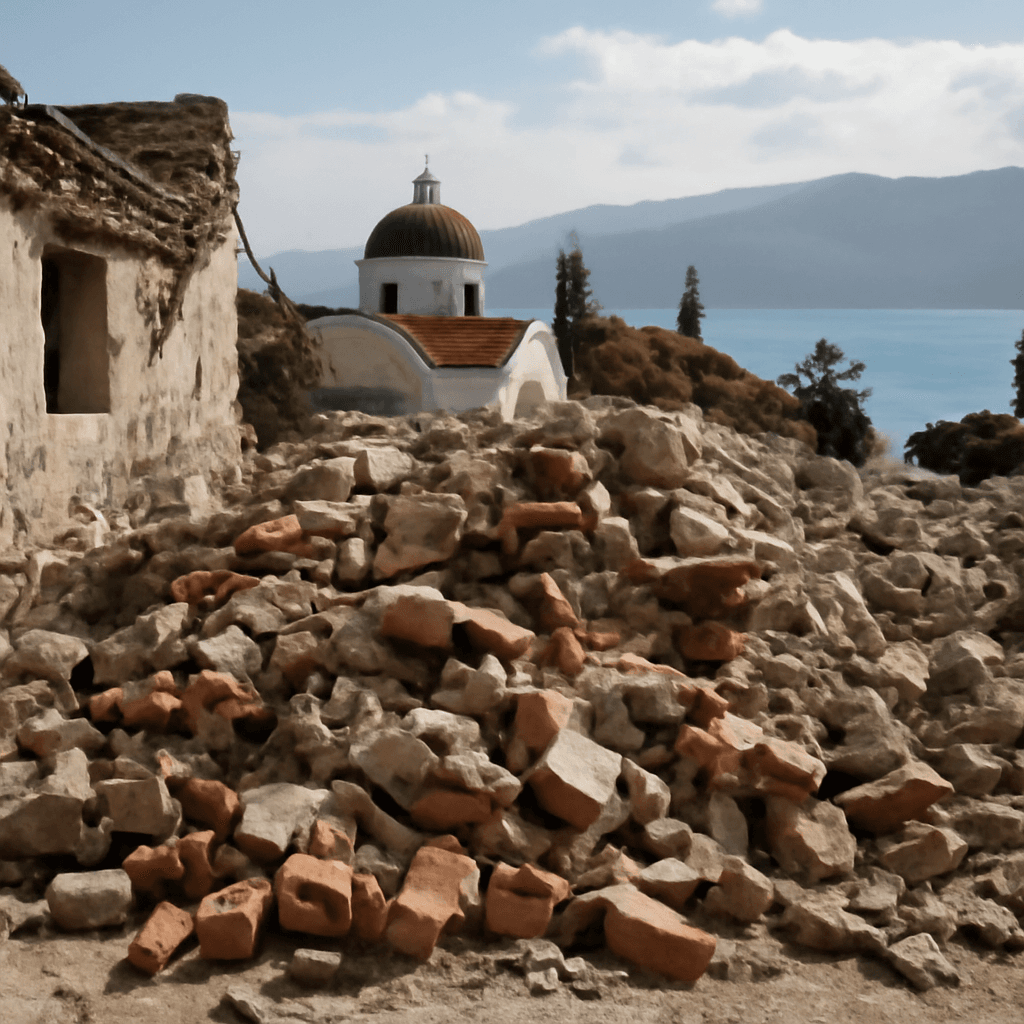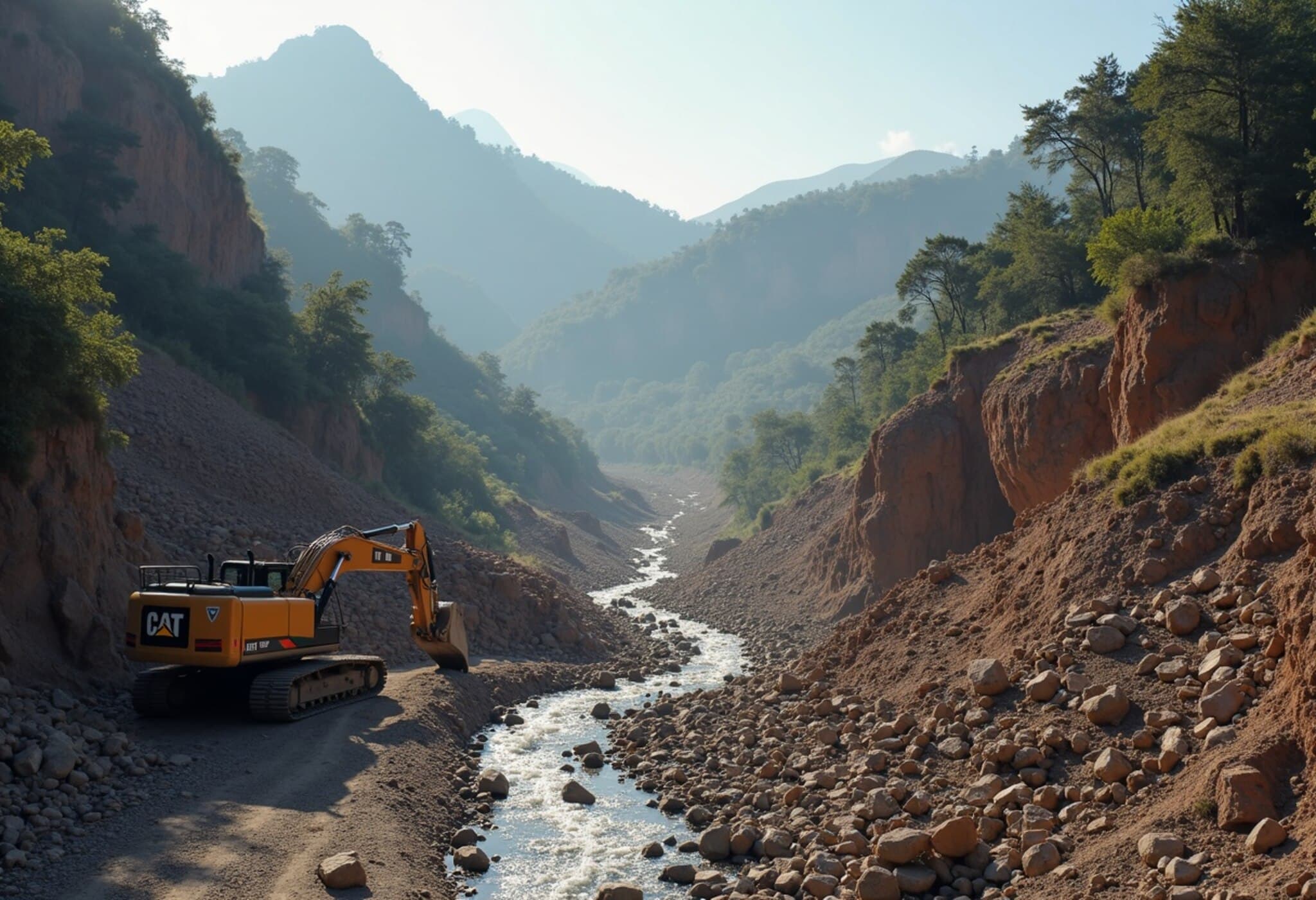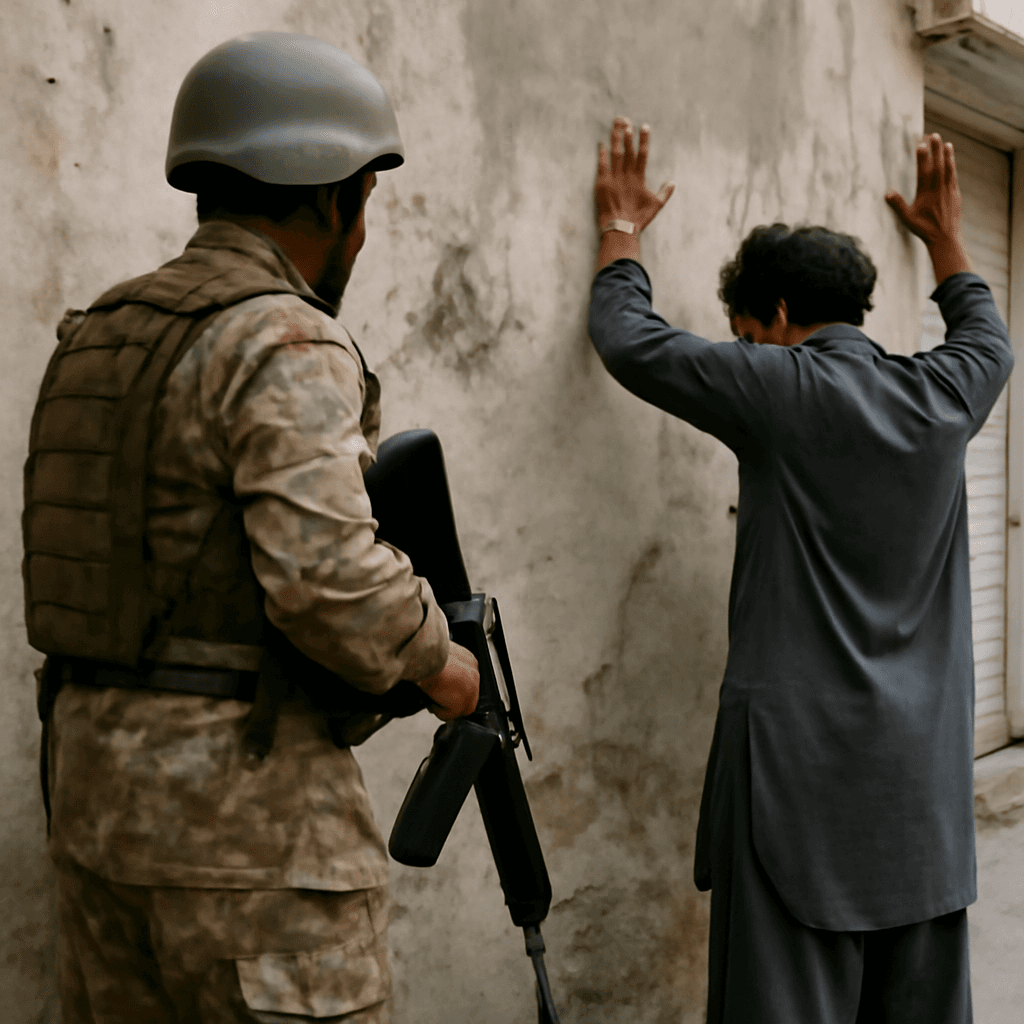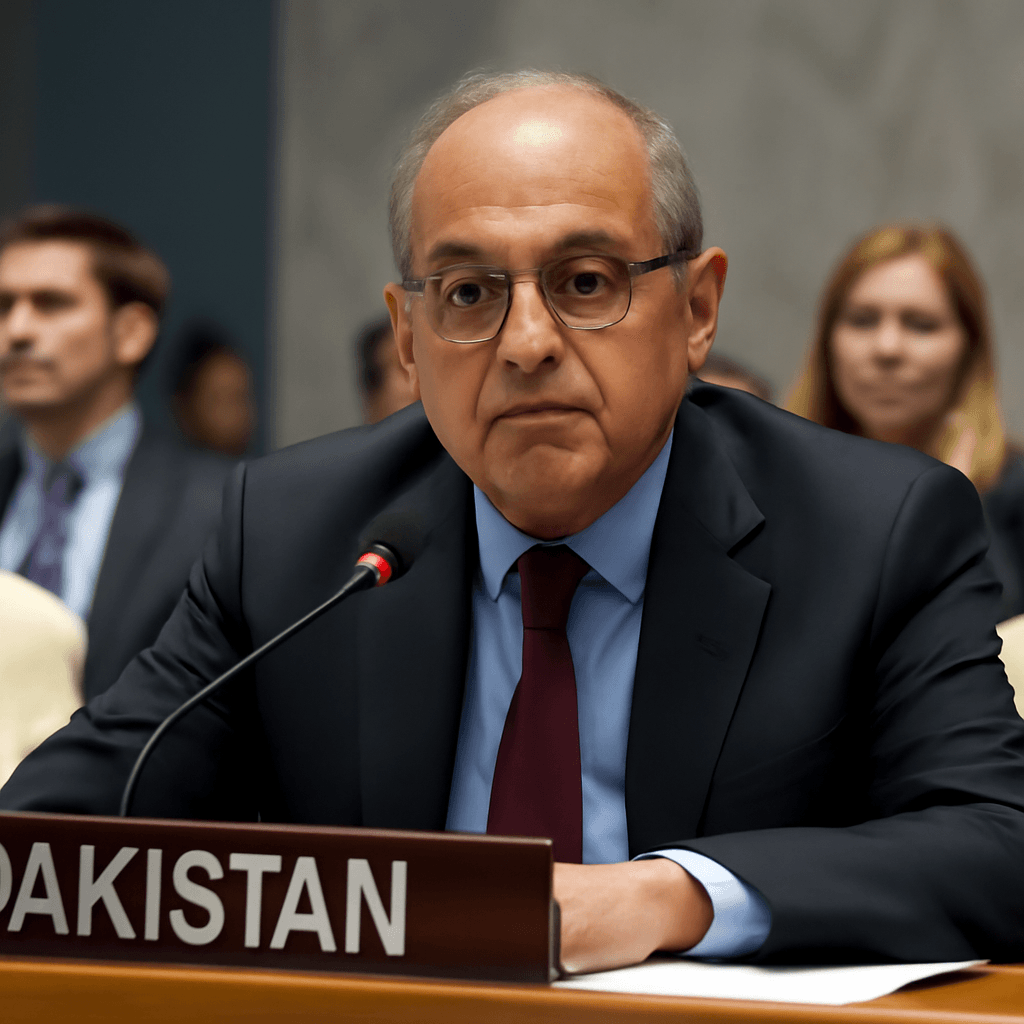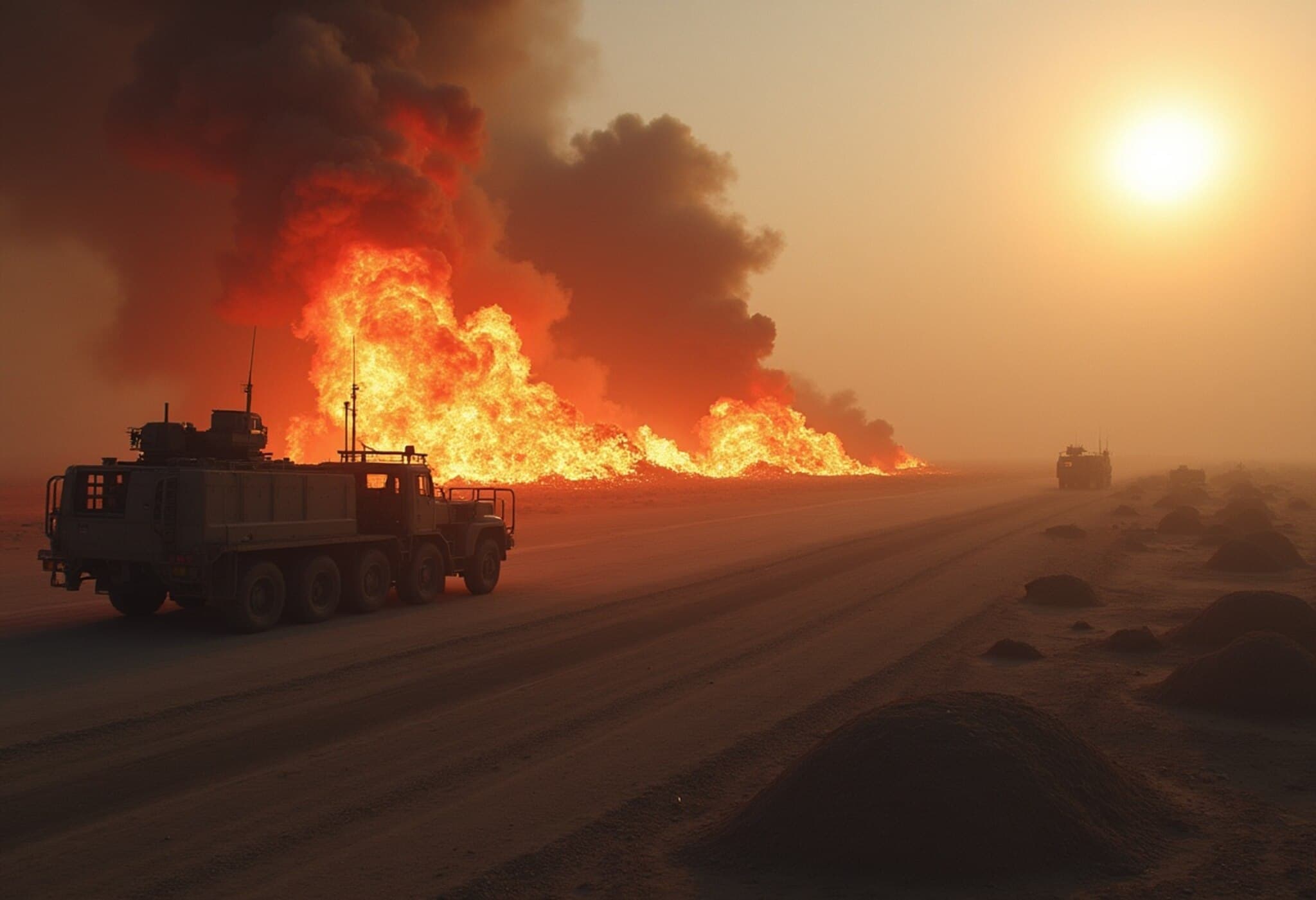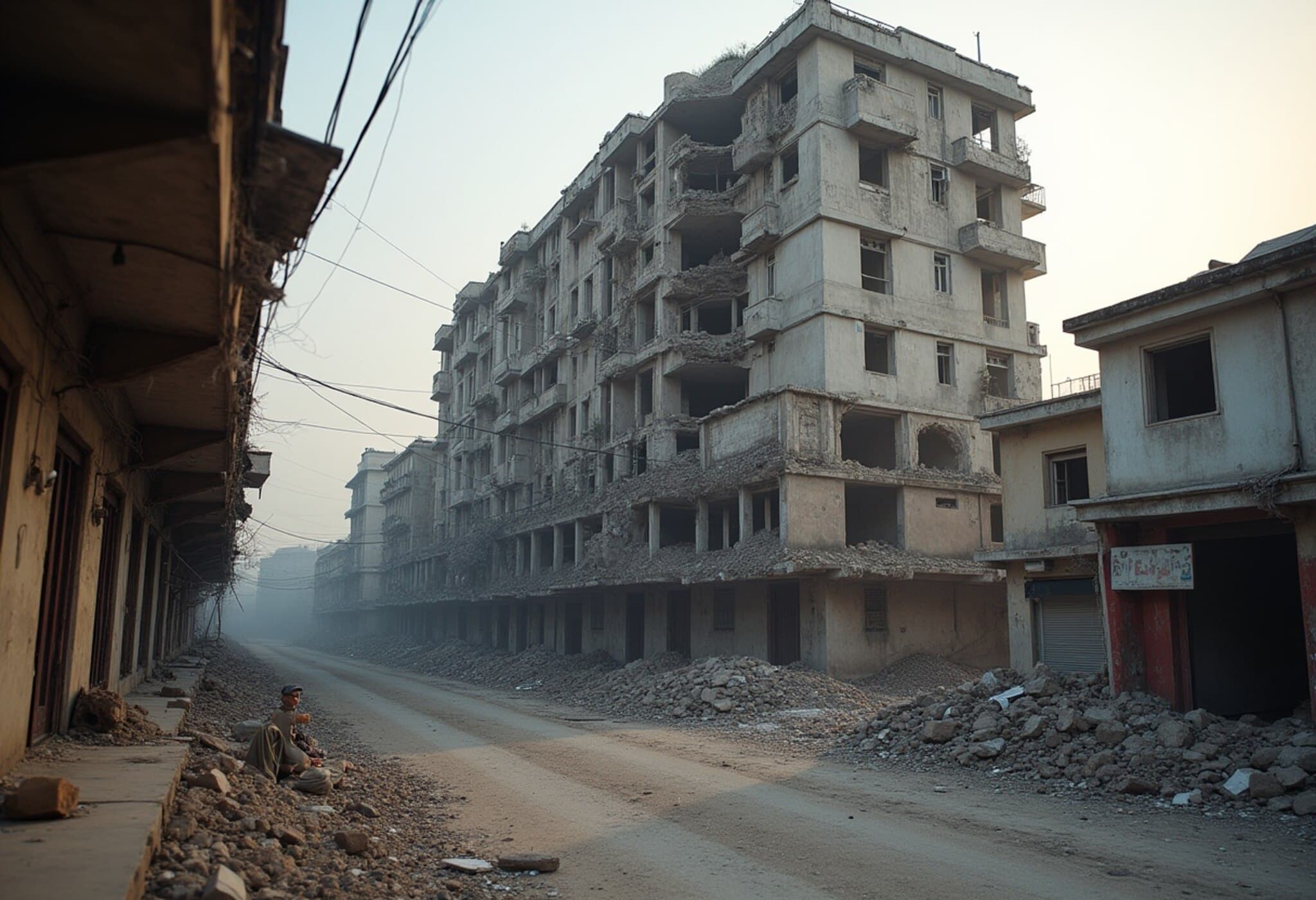Devastating Flash Floods Sweep Northwestern Pakistan
In a tragic turn of events, northwestern Pakistan has been battered by relentless heavy rains leading to catastrophic flash floods, with authorities reporting at least 49 fatalities in the past 24 hours alone. This grim toll is part of a larger pattern since late June, when more than 360 lives, predominately women and children, have been lost nationwide amid relentless rain-related disasters.
Regions Most Severely Impacted
The provinces of Pak-occupied Gilgit-Baltistan and Khyber Pakhtunkhwa have suffered the worst of the damage. In Ghazar district of Gilgit-Baltistan, flash floods swept through, tragically killing at least 10 people just on Thursday. Similarly, the Bajaur district in Khyber Pakhtunkhwa saw a massive cloudburst trigger devastating floods resulting in 16 deaths, including children and women.
Battagram district, also in the northwest, reported 10 fatalities with an additional 18 individuals still unaccounted for amid the ongoing search and rescue operations. Meanwhile, in Pakistan-occupied Kashmir, at least seven more lives were lost to separate rain-triggered incidents on the same day.
Infrastructure and Environmental Challenges
Not only have lives been lost, but the region's infrastructure has endured severe blows. The famed Karakoram Highway—an essential artery connecting China and Pakistan—has been repeatedly blocked by landslides due to flooding. This disruption not only hampers immediate relief efforts but also jeopardizes long-term economic activity vital for the area’s fragile economy.
Experts warn of an added environmental vulnerability: the risk of glacial lake outburst floods (GLOFs). Rising temperatures and the ongoing monsoon rains threaten glacial lakes in the north, which can suddenly breach and unleash immense flooding downstream. This phenomenon could exacerbate an already dire humanitarian crisis.
Human Impact and the Urgent Need for Disaster Preparedness
The concentration of fatalities among women and children highlights a sobering reality about who bears the brunt of natural disasters in vulnerable communities. Limited access to early warning systems and inadequate infrastructure often leave these groups disproportionately exposed.
From a policy perspective, this tragic surge in flash flood disasters underscores critical gaps in Pakistan’s disaster preparedness and climate resilience strategies. Investments in robust early warning systems, community education, and resilient infrastructure could mitigate the impact of similar catastrophes in the future.
Expert Commentary: Climate Change and Regional Implications
Dr. Sana Malik, a climate analyst focusing on South Asia, points out, "These flash floods are symptomatic of broader climate volatility affecting the Himalayas. Rapid glacial melt combined with erratic monsoon patterns is creating a perfect storm of hazards. Pakistan, especially its northern regions, needs a holistic approach integrating climate adaptation, infrastructure investment, and community engagement to prevent recurring loss of life and property."
Economic experts also warn that continuous disruption of trade routes like the Karakoram Highway could have cascading effects on Pakistan’s economy, impacting not just local communities but international trade relations particularly with China under the China-Pakistan Economic Corridor (CPEC) commitments.
Looking Ahead: What Can Be Done?
- Enhanced Early Warning Systems: Deployment of high-precision weather forecasting and flood alert mechanisms tailored to vulnerable regions.
- Community Awareness and Training: Educating residents on evacuation protocols and disaster response to reduce casualties.
- Infrastructure Resilience: Reinforcing roads, bridges, and housing to withstand extreme weather events.
- Environmental Monitoring: Continuous monitoring of glacial lakes to preemptively manage risks of outburst floods.
- Policy Integration: Linking climate policy with disaster risk management to build holistic resilience.
Editor’s Note
The tragic flash floods across northwestern Pakistan lay bare the intertwining challenges of climate change, fragile infrastructure, and social vulnerability. As the cries of affected families echo through the valleys, it is clear that reactive measures are no longer enough. Comprehensive, sustained, and inclusive resilience-building efforts must be prioritized. How Pakistan and the international community respond in the coming months will shape not only the immediate recovery but the long-term safety and prosperity of this geopolitically critical region.
For readers, this unfolding crisis serves as a poignant reminder of the human face behind climate statistics and the urgent need for global solidarity in addressing climate-induced disasters.

